Even if you’re not a professional baker, you can still yearn to make the perfect, ooey-gooey, crumbly, melt-in-your-mouth cookies—or cake, pie, or pastry—right at home. In fact, there’s something kind of magical about being good at baking, and there are few key baking secrets that can help you achieve this magic.
Those who study the art of baking or pastry making in school learn that there are many techniques involved in creating the perfect textures, flavors, and overall appearance of a dessert. Often, chefs will get certified in the art form by The American Culinary Federation (also known as the industry standard for professional cooking skills), for which they have to prove their extensive knowledge across various culinary written and practical exams. This knowledge can provide pastry artists with enviable secrets and tricks.
Luckily, you don’t have to enroll in a baking school to learn some of things that will really come in handy when baking in your own kitchen. If you’re looking to up your pastry, cookie, cake, and/or pie game, here are nine secrets they only teach in pastry school, straight from experts themselves! And next, don’t miss the Absolute Best Way To Cook Steak in the Oven.
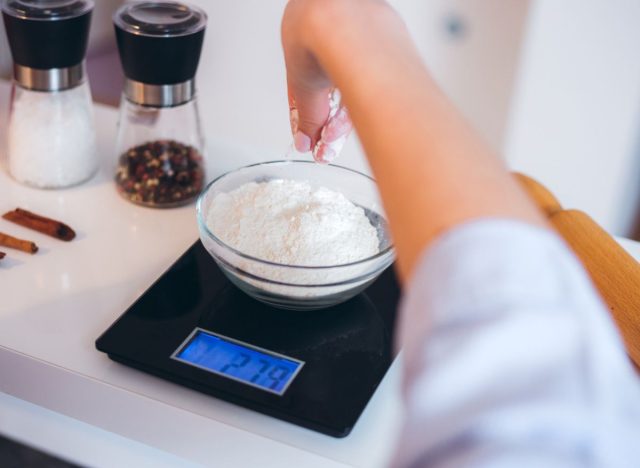
When it comes to measuring your ingredients, many of us probably default to using measuring cups and spoons. However, many chefs recommend making your measurements even more exact when you’re baking.
“Pastry chefs rarely use measuring cups because when you scoop flour into a cup, it packs down, giving you more than you need,” says Claire Wells, baker and pastry chef of over ten years and author of Baked By Claire. “So, spend the extra time and convert the units to grams.” That way, you can measure out the ingredients using a scale and have exact measurements.
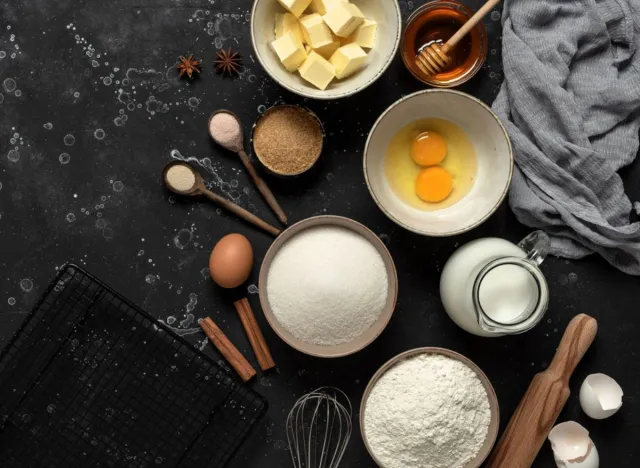
While it can be tedious to get all of your ingredients out, prep is a crucial step when baking all kinds of pastries.
“Baking is just as scientific as it is an art,” explains Chef Nik Fields, the owner of upscale restaurant Chic Chef in Phoenix, AZ, and well-known cookbook author. In pastry school, chefs are taught to have all ingredients out and ready to go before mixing because it “speeds up the [baking] time and you have the opportunity to double check your recipe and not leave anything out,” Chef Fields says. This little trick allows you to survey what you have (or don’t have) on hand, and thus, walk through the recipe easy-peasy with everything you need at your fingertips.
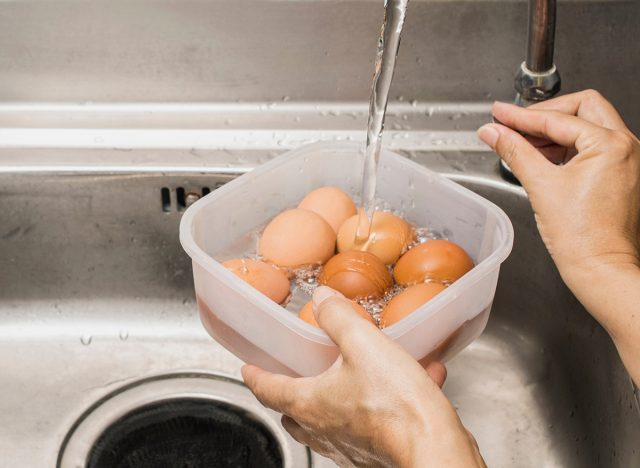
If you ever run into a recipe that requires certain ingredients to be mixed in at room temperature—like eggs, for example—don’t panic. Instead, try a simple trick that bakers commonly use. “Using room-temperature ingredients is almost always best, but if you forget to take the eggs out, submerge them in warm-hot water for just a few minutes,” says Wells.
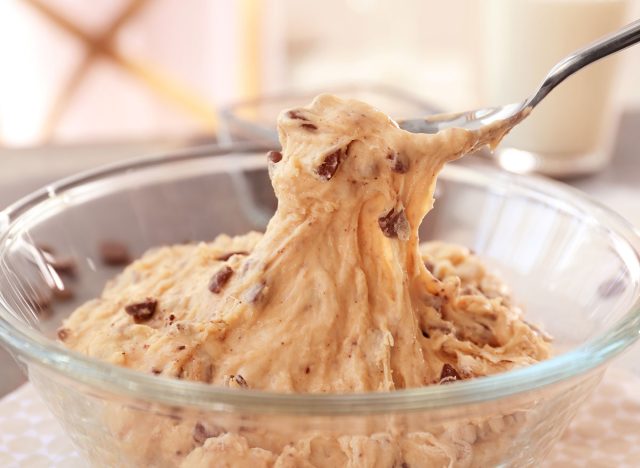
If you’re going to add extra ingredients to your dough like chocolate chips, nuts, etc., there’s a specific time to do so. According to Wells, you’ll want to add your mix-ins “with the last addition of flour before it’s fully mixed together. If you add, say, chocolate chips, once the flour is already fully incorporated, you’ll over-mix the dough. Instead, add the extras before it’s fully mixed, so the result is tender.”
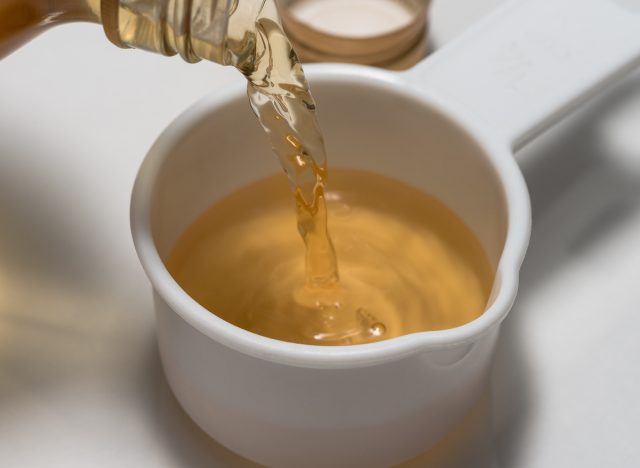
“The best ‘secret’ I learned in culinary school was to add a splash of acid to baked goods,” says Pastry Chef Aisha Momaney of 101 Hospitality Group and Michelin-starred Gravitas, and Spring Food Network Spring Baking competition 2020 contestant. “Whether it be a dash of vinegar, a squeeze of lemon, or even a ring pinch of citric acid, this is the best way to get the ultimate rise out of your baked goods.”
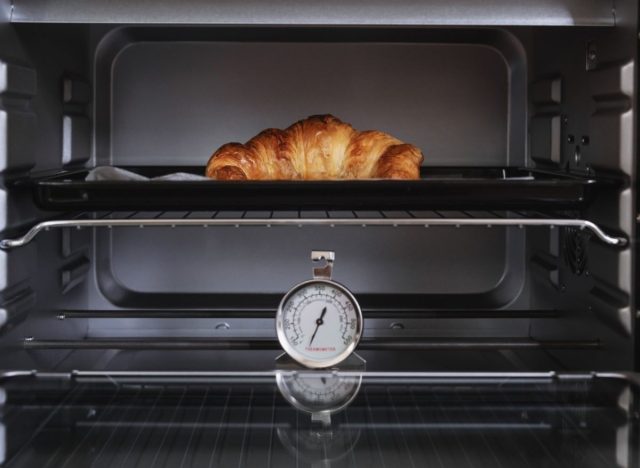
According to Chef Alina Eisenhauer, using a thermometer when baking can drastically help your process and is a baking secret everyone can benefit from. “Get an oven thermometer and keep it in the center of your oven,” she says. “Oven temperatures can be off sometimes by as much as 50°, especially as they get older, which will have a huge effect on your end results.”
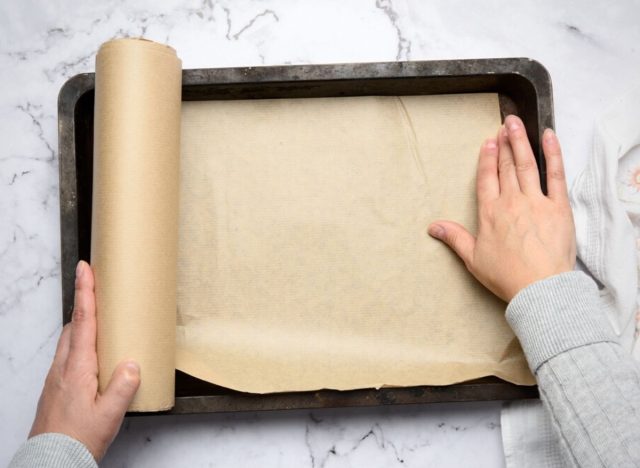
It’s pretty safe to say that no one enjoys cleaning up after a massive baking session. That’s where parchment paper comes into play. Chef Thomas Keller, the author of the Bouchon Bakery cookbook, wrote that as bakers, “it’s about both working clean and not allowing what we are baking or have baked to come in direct contact with metal.”
This no-mess tool is wonderful for keeping sheet pans and the like clean when you need to put them in the oven. It can also improve the baking process and end product, Keller explains. Due to the thin layer of air parchment paper creates under baked goods, it can help neutralize any possible hot spots that could result in an uneven bake.
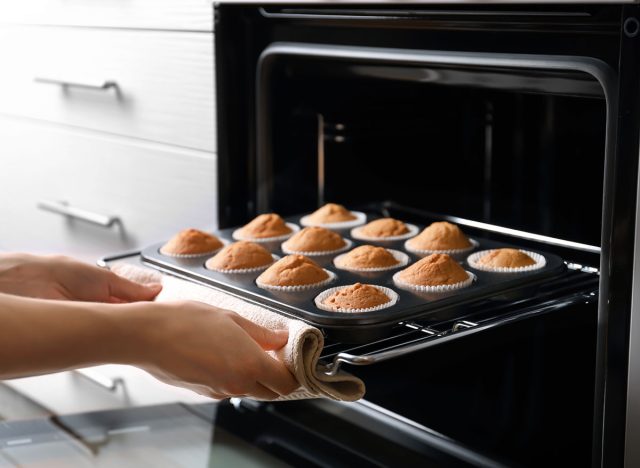
Along with using parchment paper, some pastry chefs say that using metal pans can also help in giving you the best baking results. “Metal pans are the best conductors of heat and will give you far better results than glass and ceramic in nearly all situations,” says Eisenhauer.
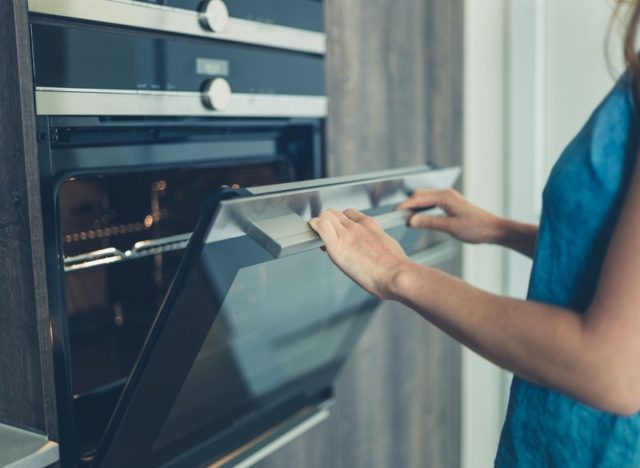
It’s tempting to want to get a peak and smell the deliciousness you made from scratch. However, it’s more important to have patience.
Chef Fields says one of the hardest baking secrets for our willpower is to keep the oven door closed at all costs, because “every time the door is open, you slow down the cooking time and allow for uneven baking.” Any baker will tell you they’ve learned time and time again that baking is so delicate that even the smallest detail can cause a ripple in a recipe. As long as you followed directions correctly, the timer will ding when your sweet treat is ready!
A previous version of this story was published on August 11, 2022. It has been updated to include additional copy and proofreading revisions, additional research, and updated contextual links.


